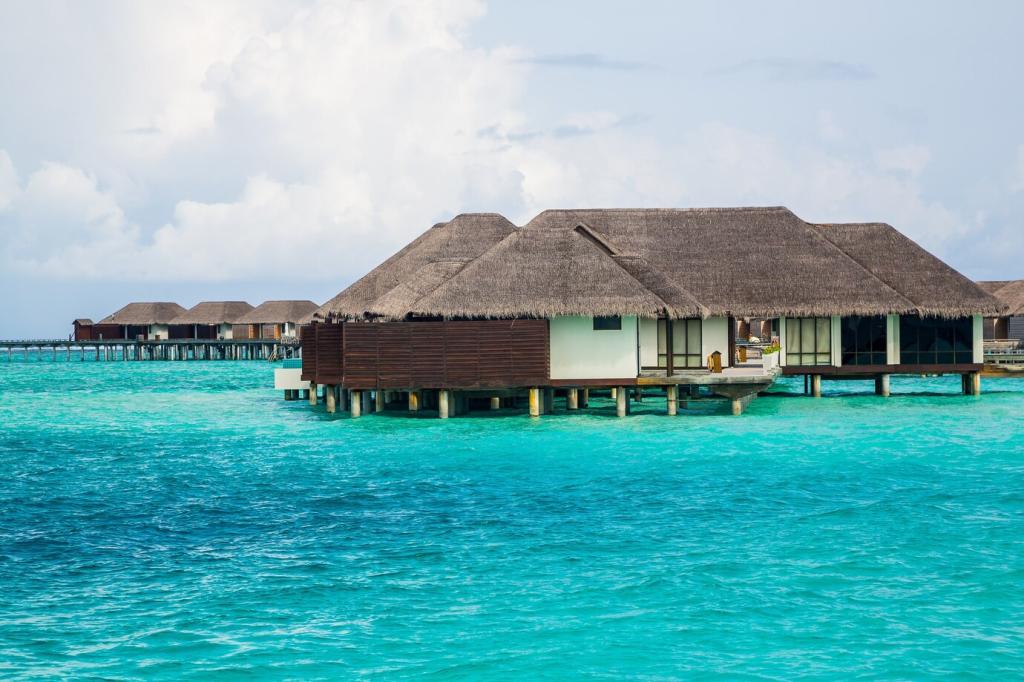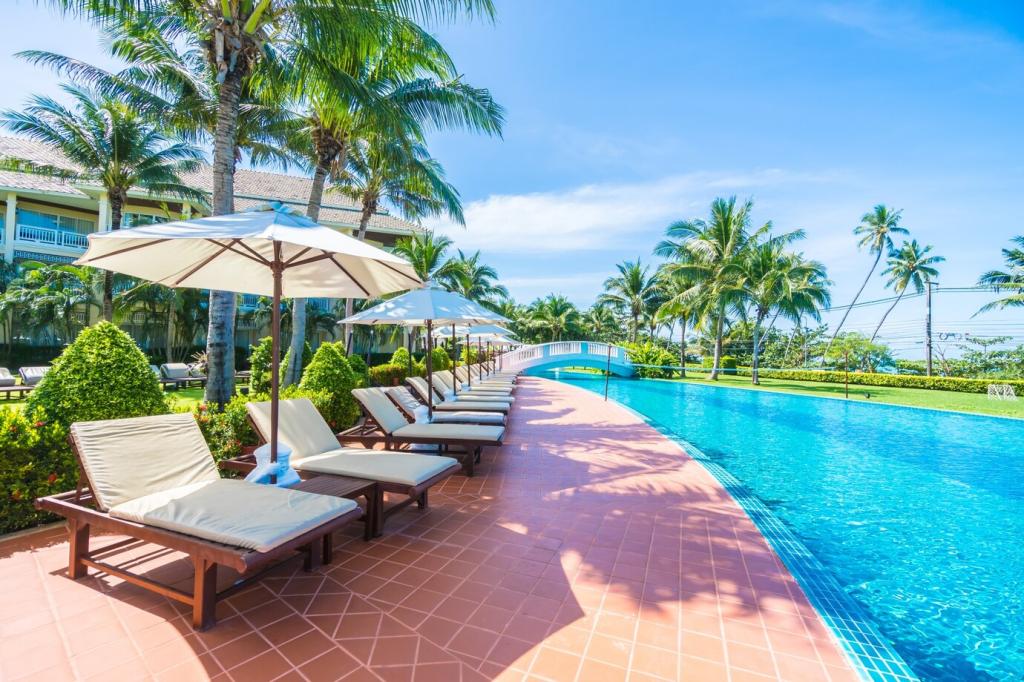Post-Pandemic Real Estate Shifts in Travel Zones
The Rise of Remote Work and Its Impact on Travel Destinations
The surge in digital nomads, spurred by the widespread adoption of flexible work policies, has significantly influenced property demand in travel hotspots. Unlike the traditional tourist who seeks short-term accommodation, digital nomads are searching for homes that blend comfort, community, and high-speed connectivity. Local real estate agents have noted a shift towards smaller apartments and co-living spaces designed for flexibility and longer stays. This trend is supported by governments launching digital nomad visas, encouraging a steady flow of remote workers who contribute to the local economy without displacing permanent residents. As a result, travel zone properties are increasingly marketed as versatile, remote-work friendly spaces, redirecting investment and development strategies.
Evolving Investment Opportunities and Market Trends
Shift from Short-Term Rentals to Long-Term Leases
The pandemic exposed the vulnerabilities of relying on short-term vacation rentals, with travel restrictions curtailing occupancy and revenue streams. In response, travel zone property owners are increasingly considering long-term lease models to attract remote workers and digital nomads who wish to stay for extended periods. This pivot ensures steadier cash flow and lower vacancy rates while appealing to a new demographic less affected by seasonal fluctuations. Local regulations regarding rental terms have also adapted, encouraging property owners to comply with residential standards and offer more secure lease agreements. This structural change is gradually altering the investor profile in these markets, favoring those with a long-term outlook over rapid turnover.


Diversification in Real Estate Offerings
Recognizing the changing nature of demand, developers and investors are broadening their portfolios in travel zones. Beyond traditional holiday homes, there is growing interest in mixed-use developments, co-living complexes, and wellness communities. These diversified offerings cater to a wider array of residents, from families seeking permanent relocation to retirees and younger professionals. The focus extends beyond mere housing, emphasizing lifestyle enhancements such as fitness centers, coworking spaces, and communal gardens. By responding to the diverse preferences of post-pandemic renters and buyers, real estate stakeholders can mitigate risk and capture new revenue streams previously untapped in standard vacation markets.
Community Impacts and Socioeconomic Changes
01
An unfortunate consequence of heightened real estate demand in travel zones is the potential for escalating prices, rendering homes less affordable for longstanding local residents. As newcomers with higher purchasing power enter these markets, property values and rental rates often outpace local incomes, resulting in social tensions and, in some cases, displacement. Municipalities are now grappling with how to balance economic benefits with inclusive housing policies—implementing measures such as subsidized homes, rent controls, or limits on non-resident purchases. The need for sustainable solutions has never been greater, ensuring that lifestyle improvements brought by remote work migration do not come at the expense of local identity or affordability.
02
The demographic shift towards longer-term residents in travel zones is driving significant changes in local businesses and public infrastructure. Retailers and service providers are adapting to meet the needs of a more permanent population, expanding offerings beyond short-term tourist essentials to include grocery stores, healthcare services, and educational facilities. Local governments are also investing in improved connectivity, transportation, and utility infrastructure to support growing, year-round communities. This wave of development bolsters resilience and enhances living standards but also requires careful planning to preserve natural and cultural resources integral to the area’s appeal. The evolving landscape fosters a sense of community investment, shaping a new era for these destinations.
03
The melding of newcomers and established residents can reshape the social fabric of travel zones, fostering cultural exchange while occasionally presenting friction. Some communities are embracing the fresh perspectives and skills brought by remote workers and expatriates, leveraging these changes to create vibrant, diverse environments. Others may struggle with the pace of change, feeling their traditions and sense of identity are at risk. Local leaders and organizations play a crucial role in facilitating integration, promoting community events, and ensuring that new developments reflect a respect for history and place. As communities grow more heterogeneous, social cohesion depends on creating opportunities for shared experiences and dialogue.
